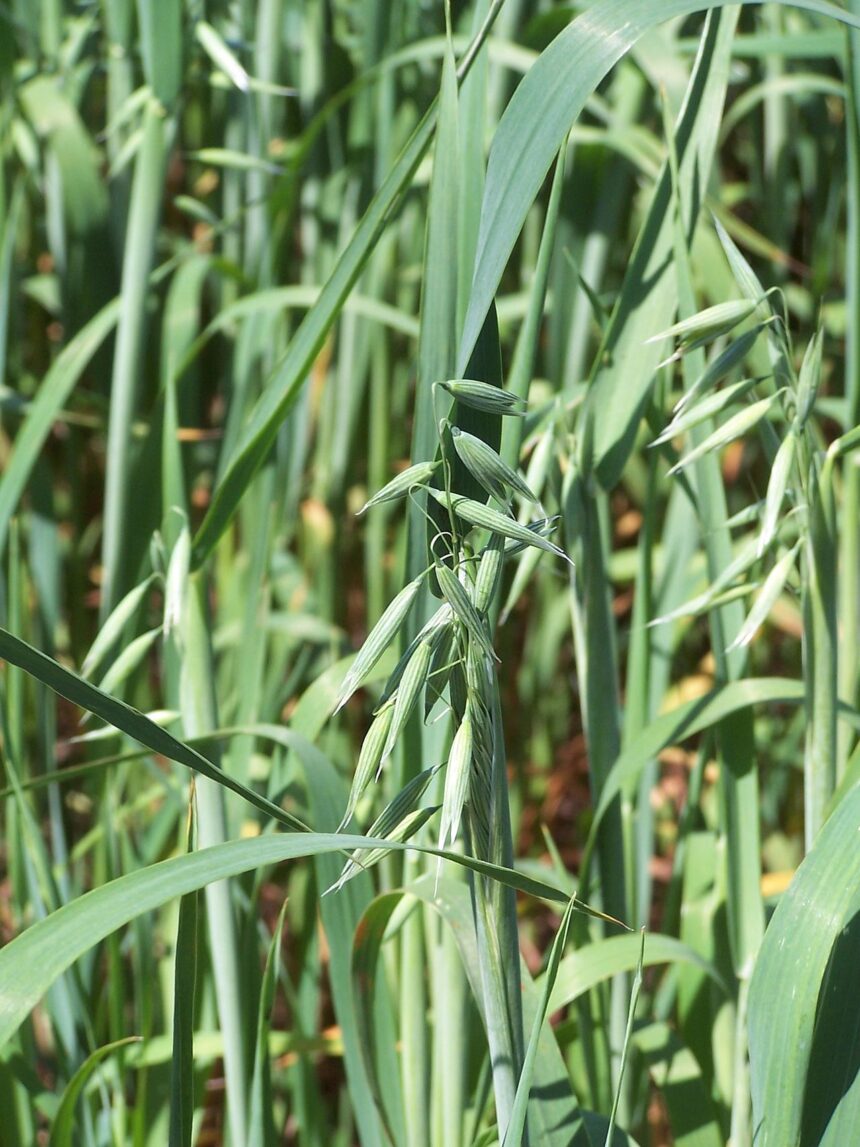Crown rust is a fungal disease that affects oats, causing significant yield losses and reducing grain quality. Early detection and management are crucial for minimizing the impact of crown rust on oat crops. By recognizing the early signs of infection, farmers can take proactive measures to protect their crops and preserve yield potential. Here are 10 early signs your oats are suffering from crown rust:
1. Yellowish Spots on Leaves
One of the earliest signs of crown rust infection is the appearance of small, yellowish spots on oat leaves. These spots may initially be faint and subtle, but they gradually increase in size and number as the disease progresses.
2. Orange Pustules on Leaves
As crown rust infection advances, the yellow spots on oat leaves develop into raised, orange-colored pustules. These pustules contain fungal spores, which can spread rapidly under favorable environmental conditions.
3. Blistering and Swelling on Leaves
Infected oat leaves may exhibit blistering and swelling caused by the development of fungal pustules beneath the leaf surface. This distortion of leaf tissue is a characteristic symptom of crown rust infection.
4. Premature Leaf Senescence
Crown rust infection can lead to premature senescence (aging) of oat leaves, causing them to turn brown and wither before reaching maturity. This premature leaf death deprives the plant of photosynthetic capacity, reducing overall yield potential.
5. Reduced Plant Vigor
Infected oat plants often exhibit reduced vigor and stunted growth compared to healthy plants. Crown rust infection impairs the plant’s ability to absorb water and nutrients, resulting in diminished growth and development.
6. Sparse Stand and Thinning Canopy
Severe crown rust infestations can cause significant defoliation, resulting in a sparse stand and a thinning canopy. Affected plants may have fewer tillers and produce fewer grains, leading to yield losses at harvest.
7. Delayed Maturity
Crown rust infection can delay oat maturity, prolonging the time to harvest and increasing the risk of yield losses due to adverse weather conditions or other stressors. Delayed maturity also reduces the window for subsequent crop rotations or planting.
8. Visible Rust Pustules on Panicles
In advanced stages of crown rust infection, orange-colored pustules may appear on oat panicles (seed heads). These pustules contain fungal spores that can spread to nearby plants, facilitating further disease spread.
9. Increased Susceptibility to Secondary Infections
Crown rust infection weakens oat plants and makes them more susceptible to secondary infections by other pathogens, such as bacteria or additional fungal diseases. This compounding effect can exacerbate yield losses and compromise grain quality.
10. Economic Impact
Crown rust can have a significant economic impact on oat production, leading to reduced yields, lower grain quality, and increased production costs associated with disease management efforts. Early detection and timely intervention are essential for mitigating these losses.
Early detection of crown rust infection is critical for minimizing its impact on oat crops. By recognizing the early signs of infection, farmers can implement appropriate disease management strategies, such as fungicide applications, crop rotation, and resistant oat varieties, to protect their crops and preserve yield potential. Regular scouting and monitoring of oat fields, coupled with proactive disease management measures, are essential for maintaining healthy oat crops and sustaining profitability in oat production.
Join 'Farmers Mag' WhatsApp Channel
Get the latest Farming news and tips delivered straight to your WhatsApp
CLICK HERE TO JOIN






